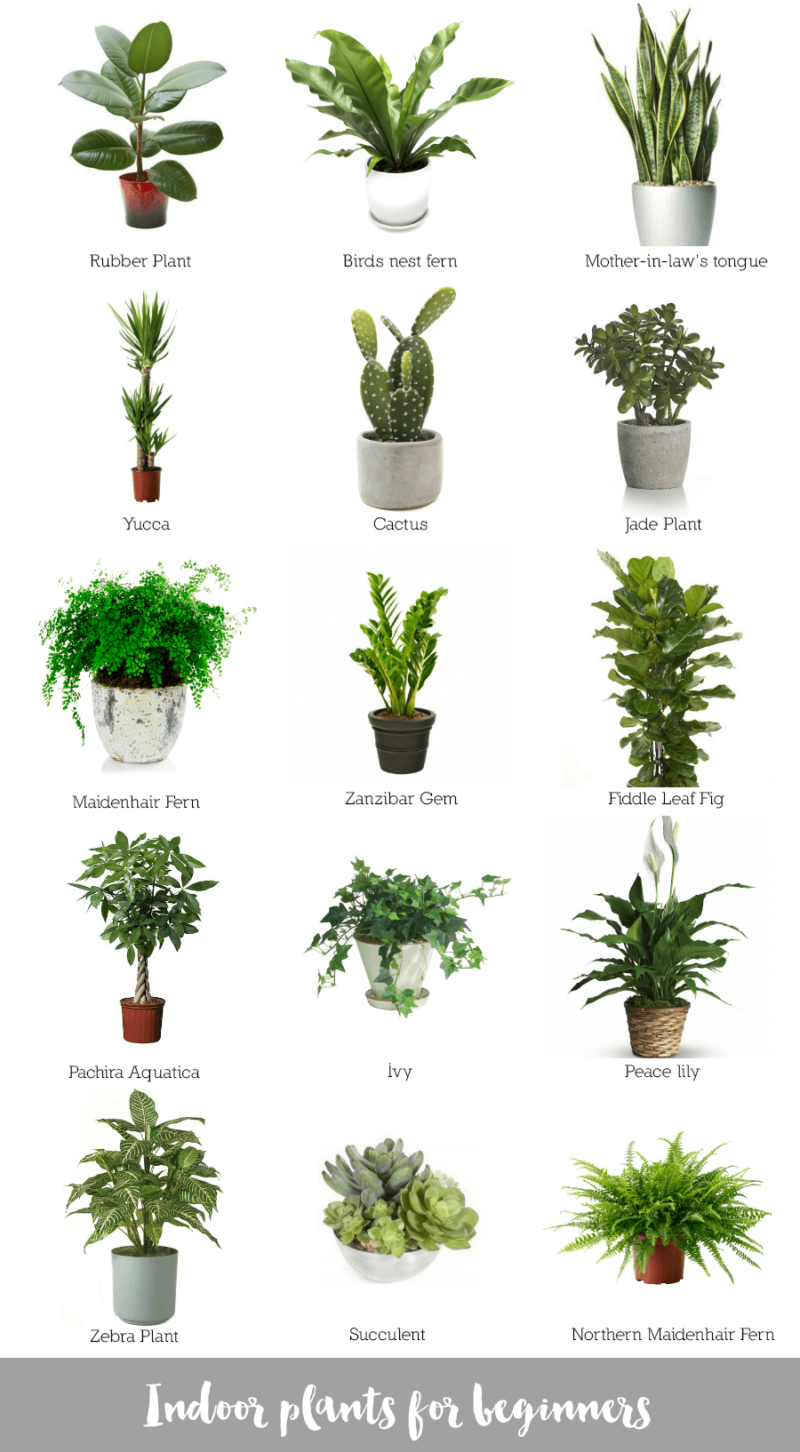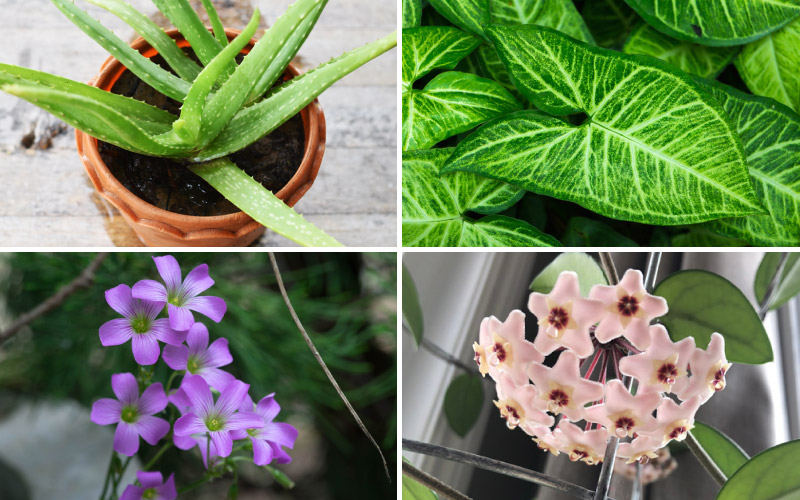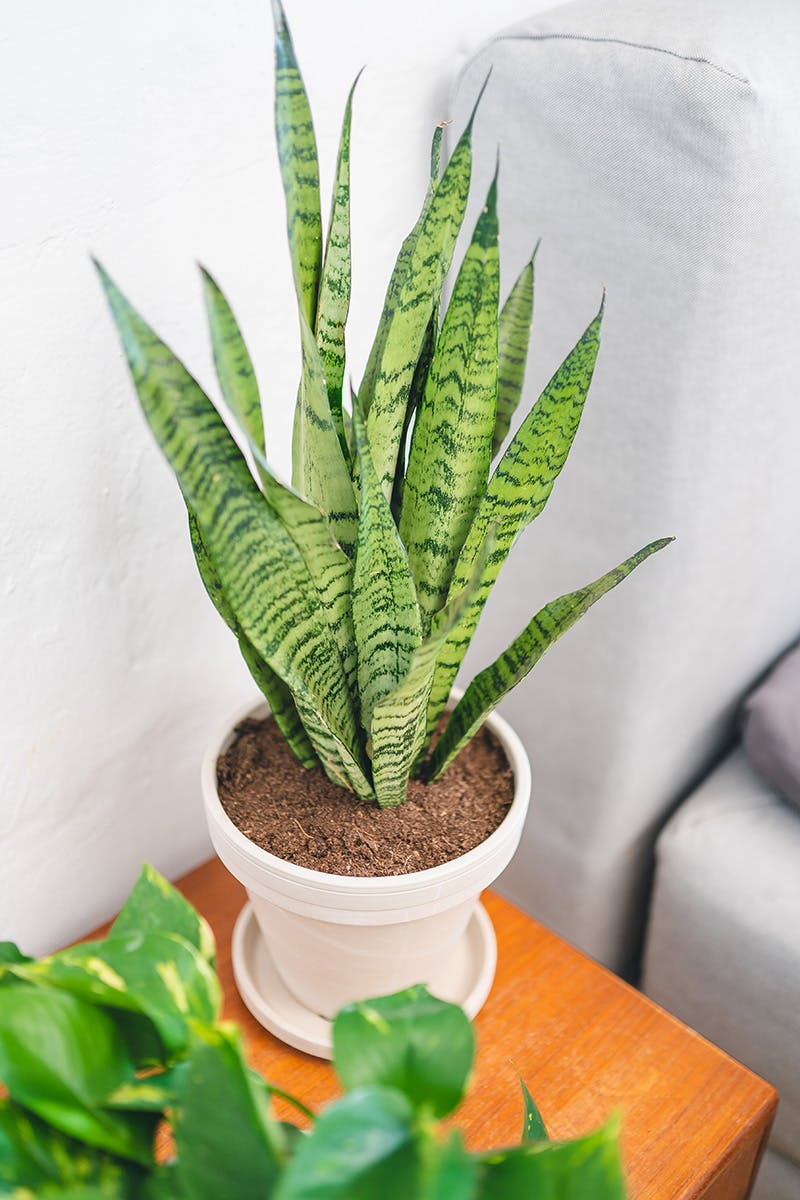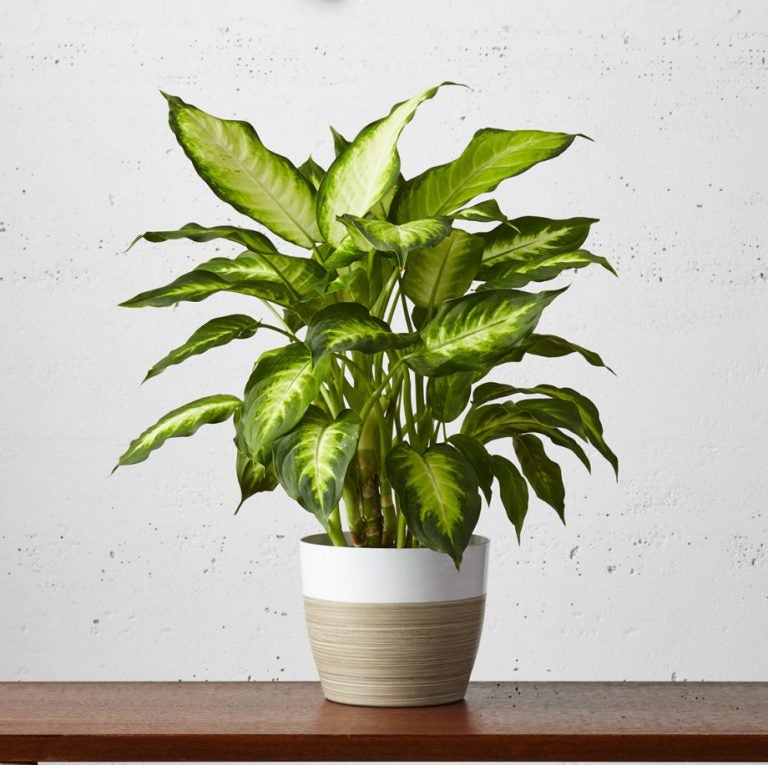“easy plants for beginners
Table of Content
- 1 Green Thumbs in the Making: Your Ultimate Guide to Easy Plants for Beginners
- 1.1 Why Start with Easy Plants?
- 1.2 Essential Beginner Plant Care Principles
- 1.2.1 1. Light: The Lifeblood of Plants
- 1.2.2 2. Watering: The Art of Hydration (Not Drowning!)
- 1.2.3 3. Humidity: A Breath of Fresh Air
- 1.2.4 4. Soil: The Foundation
- 1.2.5 5. Fertilizing: Less is More
- 1.2.6 6. Pots: Size and Material Matter
- 1.3 Top Easy Plants for Beginners
- 1.3.7 1. Snake Plant (Sansevieria trifasciata)
- 1.3.8 2. ZZ Plant (Zamioculcas zamiifolia)
- 1.3.9 3. Pothos (Epipremnum aureum)
- 1.3.10 4. Spider Plant (Chlorophytum comosum)
- 1.3.11 5. Peace Lily (Spathiphyllum)

Green Thumbs in the Making: Your Ultimate Guide to Easy Plants for Beginners
The allure of bringing nature indoors is undeniable. Houseplants not only add a touch of vibrant greenery and aesthetic appeal to any space, but they also offer a myriad of benefits, from purifying the air and boosting mood to reducing stress and increasing focus. However, for many aspiring plant parents, the journey often begins with a mix of excitement and trepidation. Visions of lush, thriving foliage can quickly turn into wilting leaves and brown tips, leading to frustration and the dreaded "black thumb" self-diagnosis.
Fear not, budding botanists! The secret to successful plant parenthood isn’t some innate magical ability, but rather choosing the right plants to start with and understanding a few fundamental care principles. This comprehensive guide is designed to empower beginners, debunk common myths, and introduce you to a curated selection of resilient, forgiving, and utterly beautiful plants that will thrive even with minimal attention. Get ready to cultivate your confidence, one easy-care plant at a time.
Why Start with Easy Plants?
Before diving into specific plant profiles, let’s understand why choosing "easy" plants is crucial for beginners:
- Confidence Building: Successfully caring for a plant, even a seemingly simple one, provides a huge confidence boost. It helps you understand plant needs and reduces the fear of failure.
- Forgiveness for Mistakes: Easy plants are incredibly resilient. They can bounce back from periods of neglect, overwatering, or less-than-ideal light conditions, allowing you to learn from your mistakes without immediately losing your plant.
- Learning Fundamentals: These plants are excellent teachers. By observing their responses to light, water, and humidity, you’ll naturally learn the basic principles of plant care that can then be applied to more challenging varieties.
- Immediate Gratification: Seeing your easy-care plant flourish and grow quickly provides instant satisfaction and encourages you to continue your plant journey.

Essential Beginner Plant Care Principles
While specific needs vary, a few universal principles apply to almost all houseplants. Mastering these basics will set you up for success:
1. Light: The Lifeblood of Plants
Light is arguably the most critical factor for a plant’s survival. Understanding different light levels is key:

- Low Light: An area far from a window, or a room with only north-facing windows. Plants here tolerate dim conditions but won’t necessarily thrive or grow rapidly.
- Medium/Indirect Bright Light: The sweet spot for most houseplants. This is typically a few feet away from a bright, south or west-facing window, or near an east-facing window. The light is bright but not directly hitting the plant’s leaves, which can cause sunburn.
- Bright Direct Light: An area where sunlight directly hits the plant for several hours a day (e.g., a south-facing window). Only sun-loving plants like succulents and cacti prefer this.

Tip: Observe your space throughout the day. Is the light consistent? Does it change with the seasons? Rotate your plants occasionally to ensure even growth.
2. Watering: The Art of Hydration (Not Drowning!)
More houseplants die from overwatering than underwatering. It’s crucial to understand when and how much to water:
- The Finger Test: The golden rule! Stick your finger about 1-2 inches deep into the soil. If it feels dry, it’s time to water. If it’s still damp, wait.
- Water Thoroughly: When you do water, water until it drains out of the bottom of the pot. This ensures the entire root ball gets hydrated. Discard any excess water from the saucer to prevent root rot.
- Drainage is Key: Always use pots with drainage holes. Without them, water will sit at the bottom, suffocating the roots.
- Frequency Varies: Watering frequency depends on the plant type, pot size, light, humidity, and even the season. Less is often more. In winter, plants typically need less water due to slower growth.
3. Humidity: A Breath of Fresh Air
Most houseplants originate from tropical climates and appreciate higher humidity than a typical indoor environment.
- Signs of Low Humidity: Brown, crispy leaf tips.
- Easy Solutions: Grouping plants together (they create a microclimate), placing a pebble tray with water beneath the pot (ensure the pot isn’t sitting directly in water), or occasionally misting (though this offers temporary relief). For most easy plants, this isn’t a critical factor but can enhance their health.
4. Soil: The Foundation
Use a good quality, well-draining potting mix specifically designed for houseplants. Avoid using garden soil, which can be too heavy and compact for potted plants. A mix containing perlite or bark will ensure good aeration and drainage.
5. Fertilizing: Less is More
For beginners, especially with easy-care plants, fertilizing is often unnecessary, or needed very sparingly. Most potting mixes come with some nutrients. Over-fertilizing can burn roots. If you do fertilize, use a diluted liquid fertilizer during the growing season (spring and summer) and stop completely in fall and winter.
6. Pots: Size and Material Matter
- Drainage Holes: Non-negotiable. We’ve said it before, and we’ll say it again!
- Size: Don’t put a tiny plant in a giant pot. Too much soil holds excess moisture, leading to root rot. A pot that’s 1-2 inches larger in diameter than the root ball is usually sufficient when repotting.
- Material: Terracotta pots are porous and allow soil to dry out faster, which is great for plants prone to overwatering or those that prefer drier conditions. Plastic pots retain moisture longer.
Top Easy Plants for Beginners
Now, let’s meet the stars of our show – the resilient, beautiful, and forgiving plants perfect for kickstarting your green thumb journey.
1. Snake Plant (Sansevieria trifasciata)
- Why it’s Easy: This plant is practically indestructible. It thrives on neglect and can tolerate a wide range of conditions.
- Light: Extremely versatile. Prefers medium to bright indirect light but can survive in very low light conditions (though growth will be slower). Avoid direct, scorching sun.
- Watering: The biggest killer of snake plants is overwatering. Allow the soil to dry out completely between waterings. In winter, water very sparingly, perhaps once a month or even less. When in doubt, wait.
- Humidity: Not fussy. Tolerates average household humidity.
- Soil & Pot: Well-draining potting mix. A terracotta pot can help prevent overwatering.
- Quick Tip: Their upright, sword-like leaves make them excellent statement pieces for modern decor. They also purify the air!
2. ZZ Plant (Zamioculcas zamiifolia)
- Why it’s Easy: Another champion of neglect. The ZZ plant stores water in its thick rhizomes (underground stems), making it incredibly drought-tolerant.
- Light: Tolerates low to bright indirect light. Direct sun can scorch its waxy leaves. It will grow faster and fuller in brighter conditions.
- Watering: Water only when the soil is completely dry, which can be every 2-4 weeks, or even longer depending on light and humidity. Err on the side of underwatering.
- Humidity: Adapts well to average household humidity.
- Soil & Pot: A well-draining succulent or cactus mix is ideal.
- Quick Tip: Its glossy, dark green leaves look almost artificial, adding a sleek touch to any room.
3. Pothos (Epipremnum aureum)
- Why it’s Easy: A classic for a reason. Pothos is incredibly forgiving, adaptable, and easy to propagate. Its vining habit makes it versatile for shelves, hanging baskets, or trailing down furniture.
- Light: Thrives in medium to bright indirect light. Can tolerate low light, but its variegated varieties might lose some color.
- Watering: Allow the top 1-2 inches of soil to dry out before watering. It will tell you it’s thirsty by drooping slightly.
- Humidity: Tolerates average humidity.
- Soil & Pot: Standard well-draining potting mix.
- Quick Tip: If your pothos gets leggy, simply snip off a vine and place it in water to root, creating new plants!
4. Spider Plant (Chlorophytum comosum)
- Why it’s Easy: Known for its resilience and prolific "spiderettes" (baby plants) that dangle from the mother plant.
- Light: Prefers bright, indirect light. Direct sun can scorch its leaves.
- Watering: Water when the top inch of soil feels dry. They prefer consistently moist but not soggy soil.
- Humidity: Tolerates average humidity, but appreciates higher levels.
- Soil & Pot: Standard well-draining potting mix.
- Quick Tip: The spiderettes are easy to propagate! Just snip them off and plant them in soil or place them in water to root.
5. Peace Lily (Spathiphyllum)
- Why it’s Easy: Famous for its dramatic "droop" when thirsty, making it an excellent communicator for beginners. It also produces elegant white "flowers" (actually modified leaves called spathes).
- Light: Prefers medium to low indirect light. Too much direct sun can burn its

